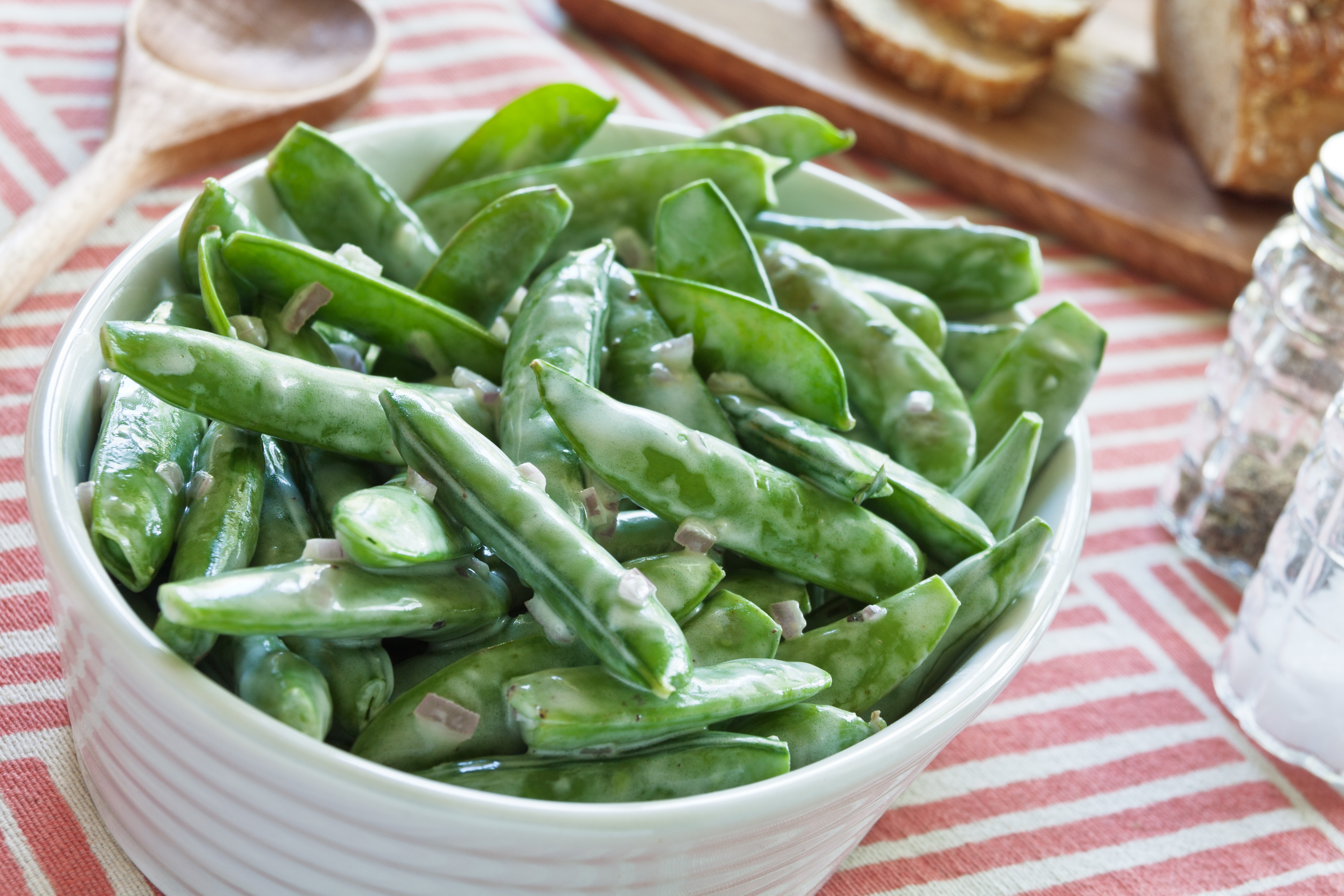If you live in the Northeast than Spring can’t “spring” fast enough! Even those of us who love the snow must admit that it’s time to shift to maintaining our gardens, growing our veggies and enjoying our own “garden to table” eating.

If you have children, teach, or lead youth programs, finding a way to involve young people in growing vegetables is a lesson that is well worth giving. Not only will children have a chance to understand how a seed becomes a plant and our food, which is very important for our youth (and adults!) to remember, but the patience and nurturing that growing plants require are also an important lesson and message for young people.
I realize that the process could be a bit intimidating and that you may not know where to start and what tools to use to be successful. After all, you may feel a lot of pressure to be successful and not just grow, well, dirt. Today there are plenty of resources available to make it a bit easier for you.
What to grow?
This round-up of easy-to-grow vegetables and other ways to involve your kids in gardening from Fruits & Veggies More Matters suggests tomatoes, cucumbers and carrots. Other resources highlight the ease of growing greens, sugar snap peas, radishes, broccoli and more. Kids also love to grow pumpkins, which may not be ready to harvest until fall, but will no doubt be an autumn highlight.
How to grow?
You’ve got the best dirt, selected those seeds with hopeful enthusiasm, and now you just need to nourish (and sometimes protect!) your growing veggies. Better Homes & Gardens tells you how to choose the best spot for gardening and how to manage the challenges that may come along the way. Consider the benefits of using raised beds, which aren’t hard to build, or containers if your property is not ideal for rows of vegetables. A strong fence to prevent big and small animals from getting to your veggies before you do is also a good idea.
How to create a seed to plant lesson?
Let’s be honest, you’ve done the gardening, and turning it into a lesson may just be more than you can do. Turn to Sid the Science Kid, Scholastic, and organizations that do it for you! There are also other activities that turn gardening into something more such as keeping a growing journal (written or in drawings), taking weekly pictures to capture your growing season, and visiting farmers markets learn more and let your little farmer connect with the pros. Also consider checking in with the folks at Produce for Kids to learn about the nutrition benefits of the veggies you are growing.
So that’s how your garden grows. Next step? Easy recipes to bring the garden to the kitchen… and to your table!